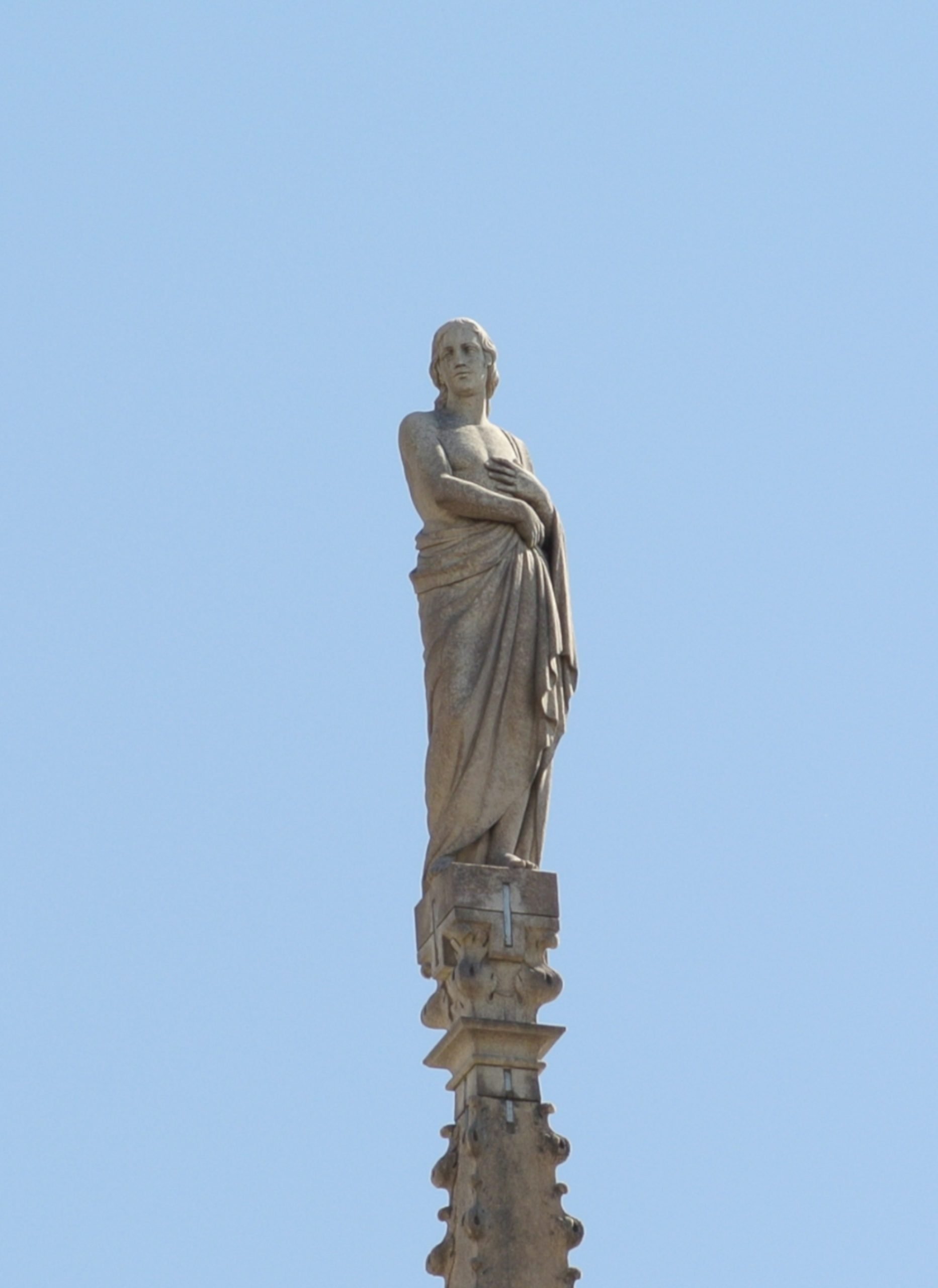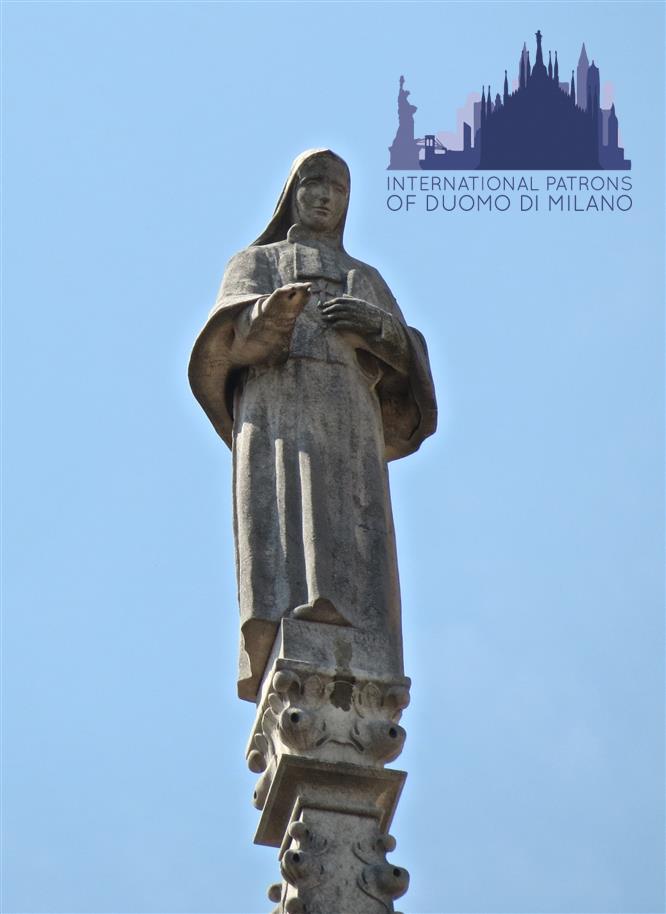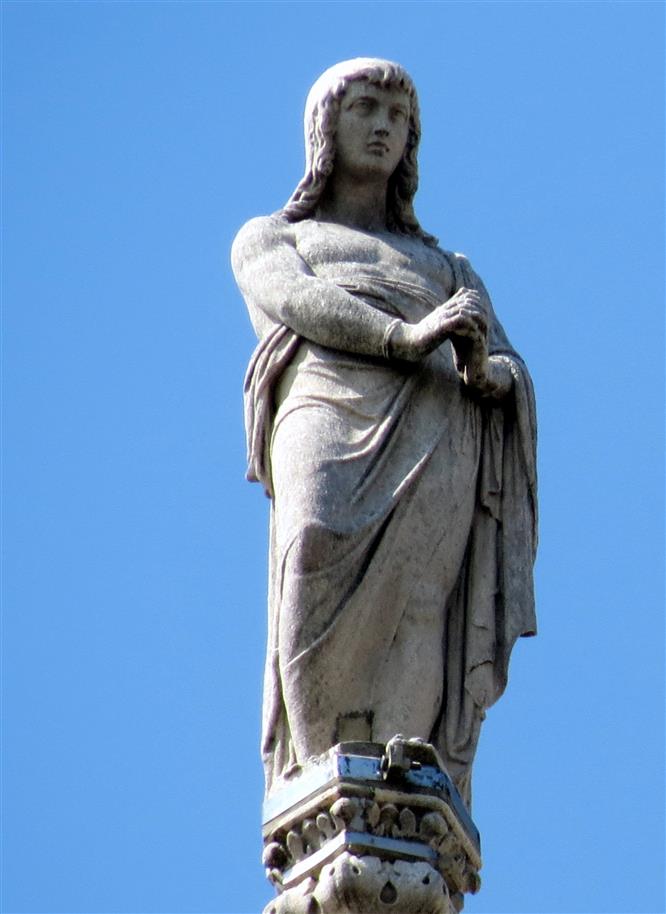He was the long-awaited second child of the nobles Giovanni de Lellis and Camilla de Compellis: Camillus, a giant of strength, courage and kindness. Actually, Camillus’ entire life was extraordinary. He was born on May 25th, 1550, in Bucchianico di Chieti, Abruzzo. In the month of March that same year, John of God, another great saint of health, died in Granada. He was baptized with the name Camillus out of respect for his mother, a name that means “minister of sacrifice.” Camillus was a lively and restless child. He learned to read and write and then took off at the age of thirteen, after the death of his mother, living the turmoil of a vagabond life. He followed his father, a career serviceman in the Spanish army, and began to mix with soldiers, learning their language and pastimes, amongst which card-playing and dice. In the meantime, he prepared for the profession. However, while he was enlisting in the Holy League army, his father Giovanni, with whom he was supposed to embark, died suddenly. The mournful event was soon followed by the appearance of a painful purulent sore, probably caused by osteomyelitis, on his right ankle. This forced Camillus to go to Rome to be treated at the hospice of San Giacomo degli Incurabili (St. James of the Incurable). Once he had partially recovered, Camillus thought that it would definitely be worthwhile to become a mercenary and with the Second League he was sent, paid by Spain, first to Dalmatia and then to Tunis. He was discharged in 1574, lost everything he had at gambling and was taken in by the Capuchins of San Giovanni Rotondo, not far from Manfredonia, to be a hand after having wandered here and there begging. The good words of a friar of that monastery and the grace of the Lord transformed the heart and life of this wayward young man, who was almost twenty-five, and in 1575 he converted. The sore, which was in the meantime spreading to the entire leg, brought him back to the hospice he had stayed at in Rome where, with a totally different spirit than his first admission, he began to realize the state of abandonment and misery that the sick, at the mercy of insensitive and insufficient staff, found themselves in, rather than think of himself. He began serving his suffering fellow-patients and did it in such a kind and diligent way that the administrators promoted him to head of hospital personnel and services. However, as he was not able to change the overall situation, once he was discharged, Camillus was inspired to call together a group of friends who, having devoted themselves to the Crucified Christ, would pledge themselves totally to helping the sick. They later formed the Company of the Ministers to the Sick that Sixtus V – pope from 1585 to 1590 – approved in 1586, with the permission for each to wear the black cassock like the Regular Clergymen, but with the privilege of a red woolen-cloth cross on their chest, as an expression of the Redemption performed by the gift of the Precious Blood of Christ. Meanwhile, Camillus found the time to study and in 1584 was ordained priest at San Giovanni in Laterano. At that time, in Rome there was a large Hospital of the Holy Ghost that Innocence III, pope from 1198 to 1216, had established in 1204 as Hospitium Apostolorum – hospitality of the apostles – and which Sixtus V had had renovated and expanded. Here Camillus and his companions soon took service and for twenty-eight years assumed responsibility for the care of those patients in whom they often mystically contemplated Jesus Christ himself. He was also able to demand that the wards be well-aired, that there be constant order and cleanliness, that the patients receive healthy meals and that contagious patients be placed in quarantine. In the meantime, Pope Gregory XIV raised the Company to religious Order and on December 8th, 1591, the priest, together with twenty-five companions, made the first profession of vows, adding to the usual three poverty, chastity and obedience, the fourth vow, unique to their order, i.e. “to serve the sick, even with danger to one’s own life.” In the practice of charity, the Ministers to the Sick, who later became known as the Camillians, established the following paradigm: the body before the soul, the body for the soul, the one and the other for God. For a certain time, Camillus personally managed the Order, establishing Religious Houses in many cities around Italy. However, in 1607 he abandoned this position due to disagreements that had risen amongst the brothers and went back to caring full time for the sick, the poor and the destitute. The ulcer on his ankle never healed completely and, following the onset of kidney and gastric conditions, he died on July 14th, 1614. His mortal remains are still buried in the small church of St. Mary Magdalene in Rome. Father Camillus de Lellis of Bucchianico was beatified in 1742 and proclaimed saint four years later by Pope Benedict XIV. In 1886, Leo XIII declared him patron saint of the sick and hospitals, Pius XI proclaimed him patron saint of nurses and Paul VI, a few decades later, named him special protector of the health of the Italian military. His liturgical memory is celebrated on July 14th. The Order of the Camillians developed progressively throughout the more than four centuries that constitute its history, except for some difficult times in the 18th and 19th centuries. Over time, many religious communities as well as Ministers to the Sick have formed, together with various lay groups of men and women around the world, who have embraced the charisma and mission of St. Camillus. All of them, headed by the Order, constitute the “Camillian Family.”
ST. CAMILLUS DE LELLIS
Patron Saint: Abruzzo, the Sick, Hospitals, Hospital staff Symbol: Red cross on tunic
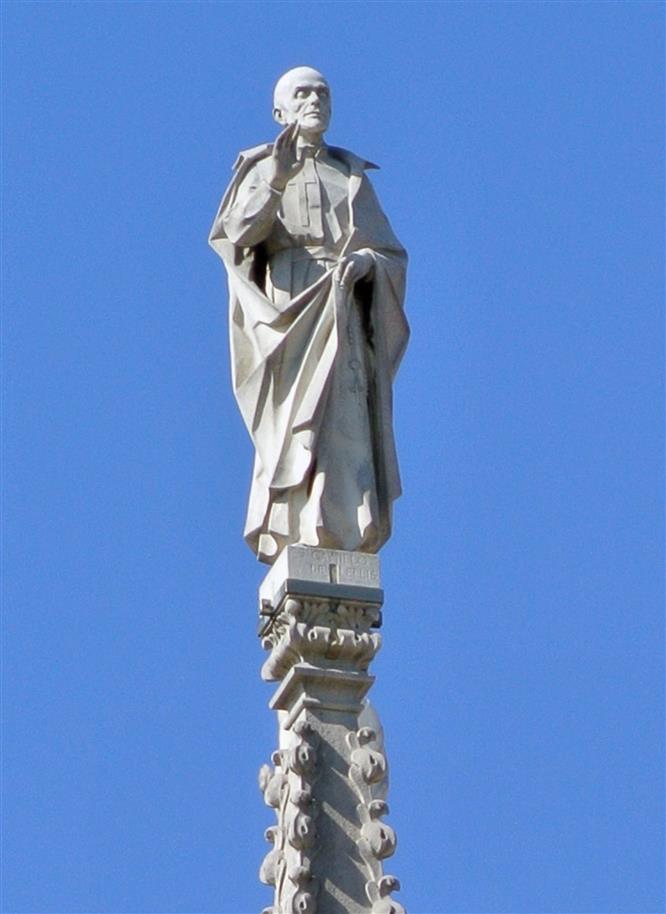
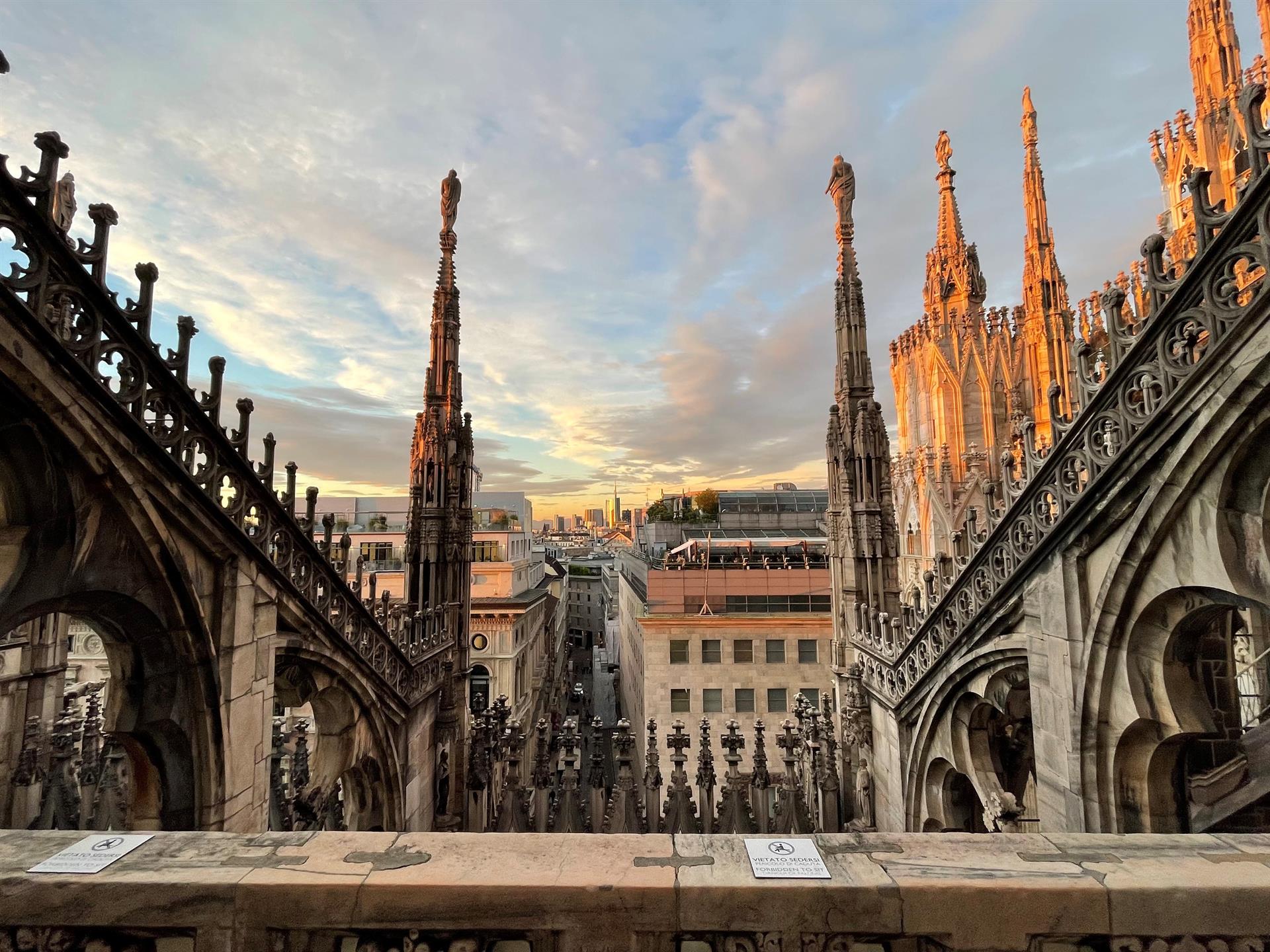
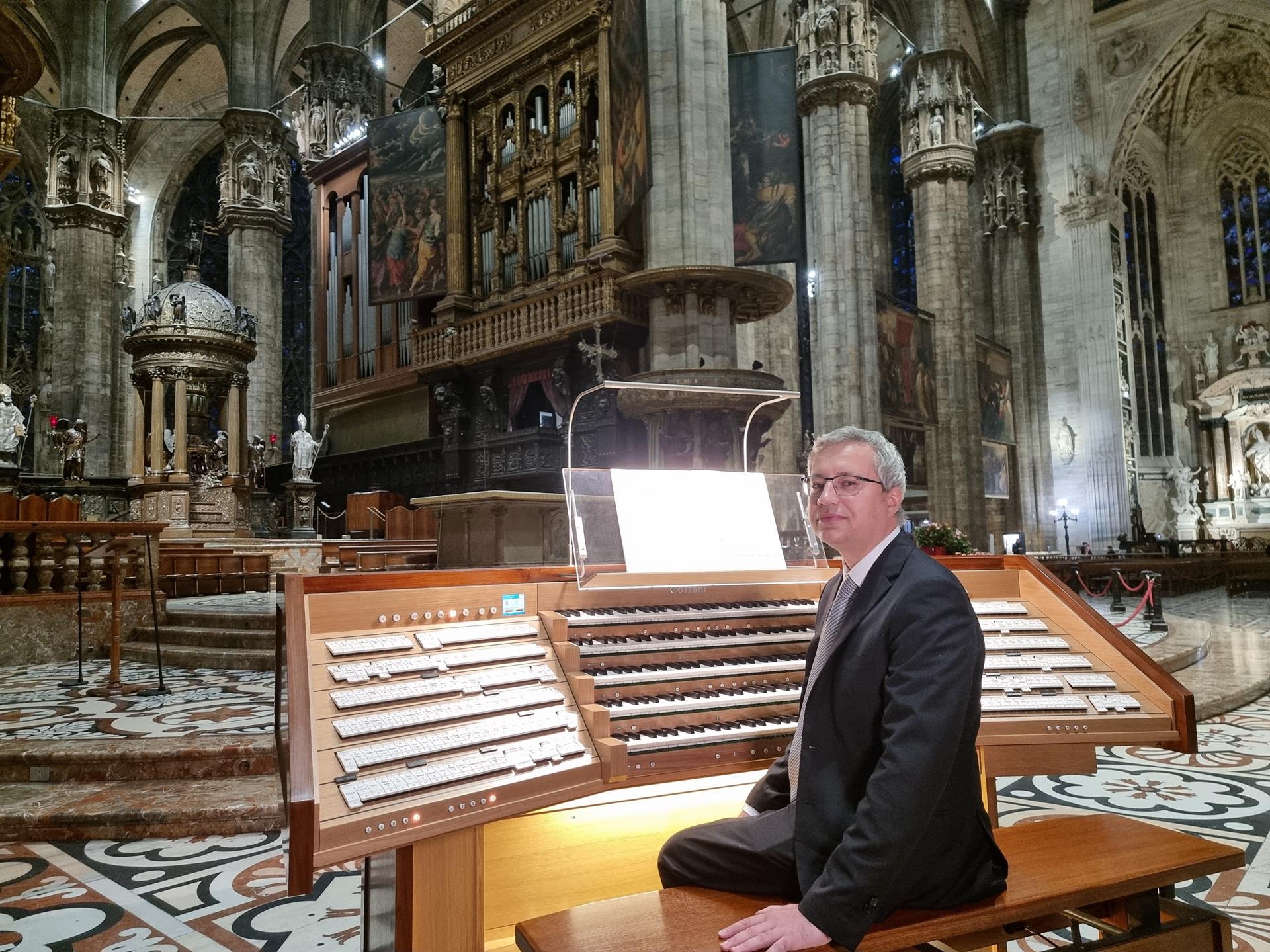
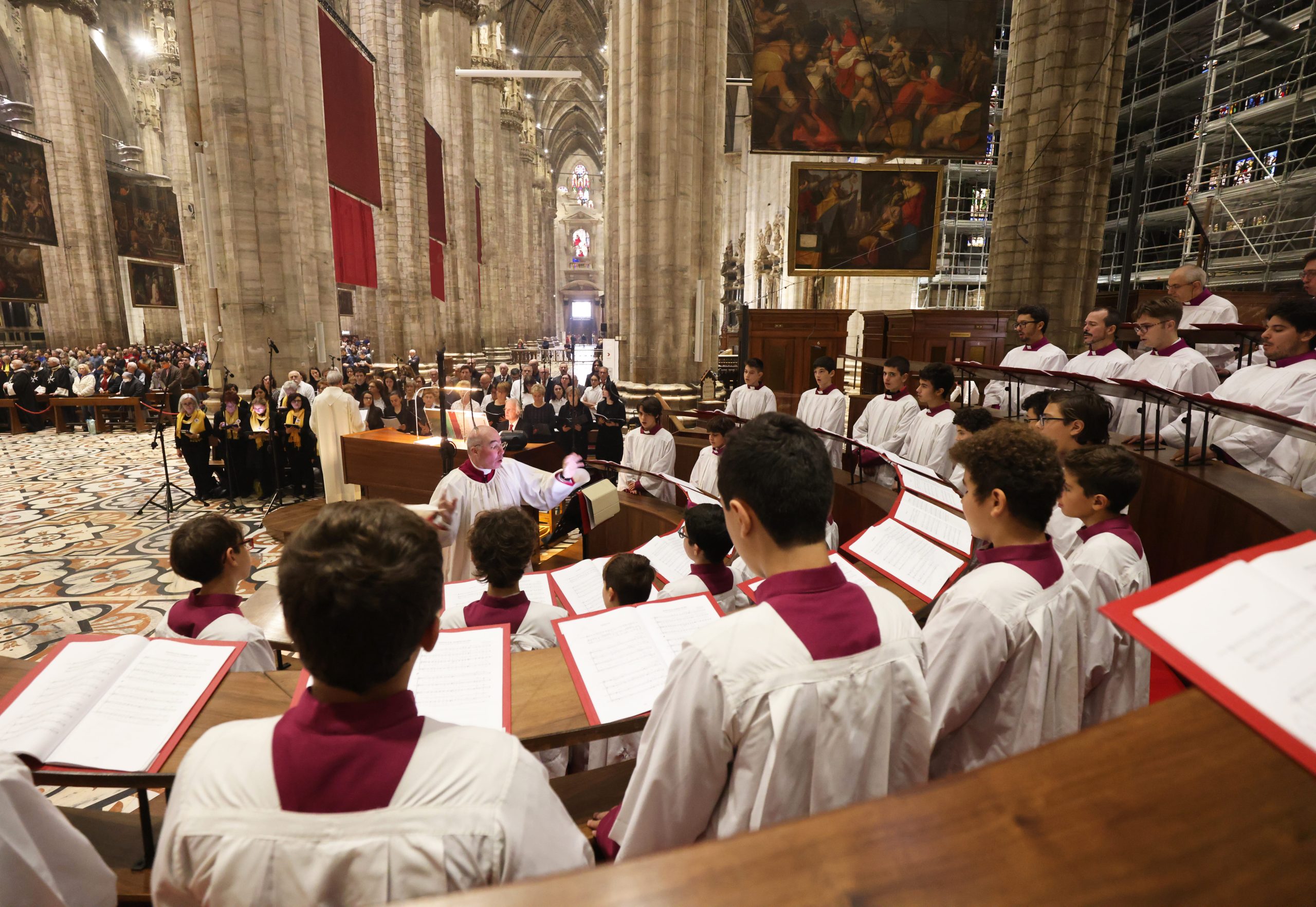
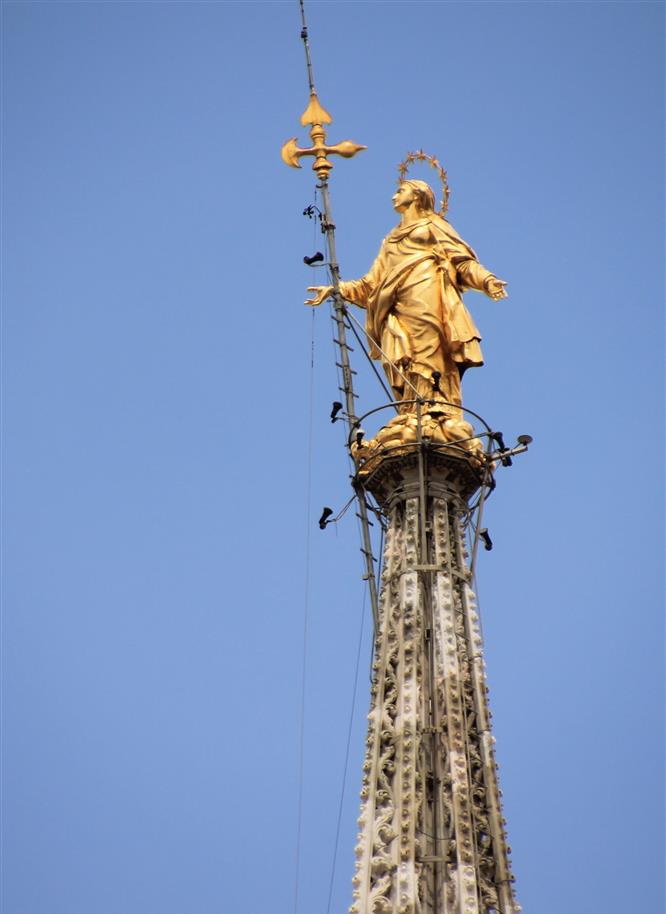
 Tiburio
Tiburio